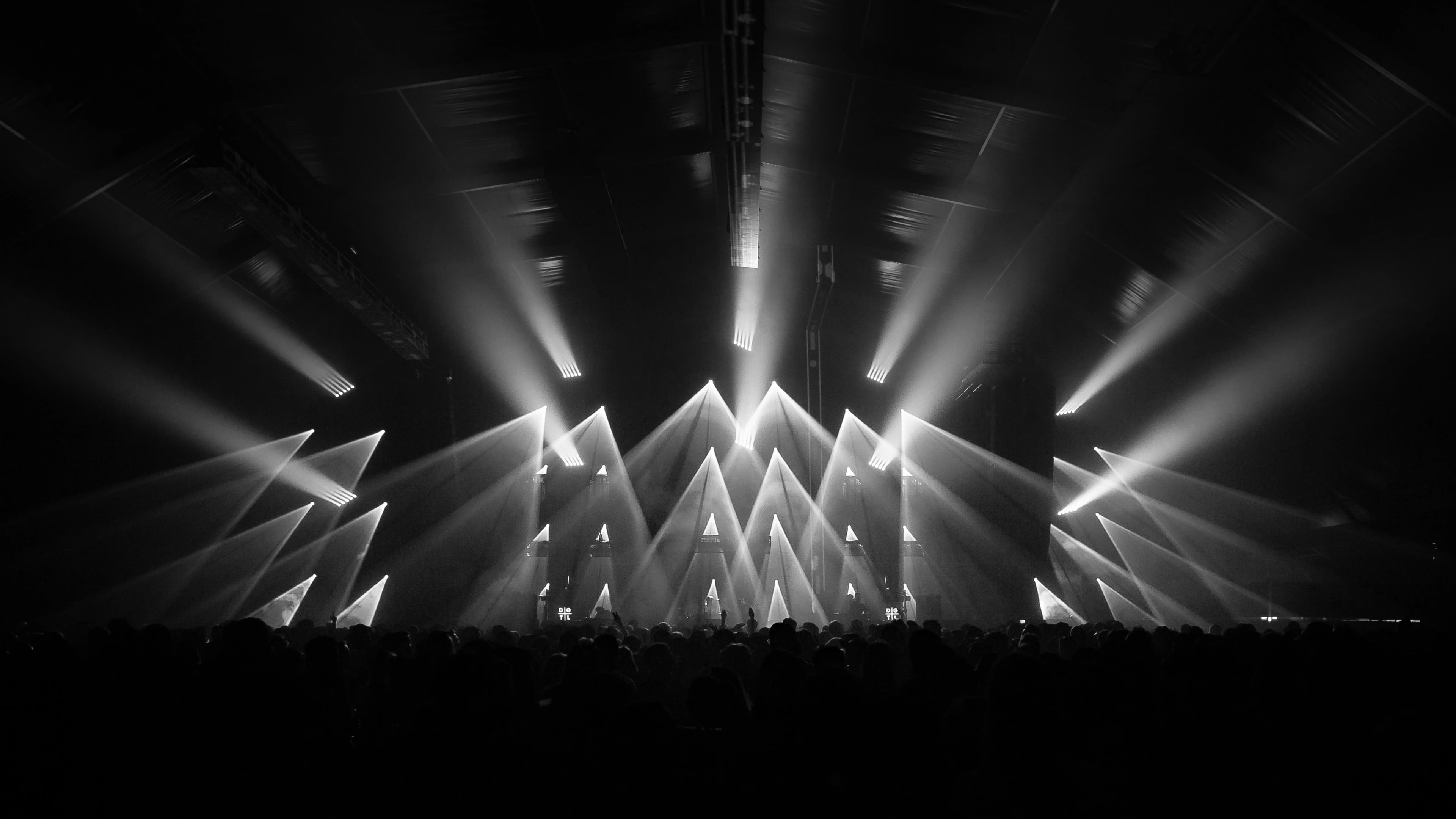

See Jane Run An Indo Story Tickets
Up to 30% Off Compared to Competitors.
Location: Select Location (e.g, New York)
Events Nearby
We're Sorry. There are currently no events near you.
About See Jane Run: An Indo Story
Currently, See Jane Run: An Indo Story is making waves in the theatre scene, with upcoming performances scheduled at prominent venues nationwide. The play has gained traction in both urban and semi-urban settings, demonstrating its universal appeal. Recent adaptations have incorporated elements of audience interaction, enhancing the live experience and allowing spectators to engage with the characters on a deeper level. The cast has undergone a slight transformation, introducing fresh talent to keep the performances vibrant and dynamic. Workshops and discussions hosted alongside the performances aim to foster dialogue about cultural identity and women’s empowerment. Social media platforms are buzzing with behind-the-scenes content, offering fans an insight into the creative process and the actors’ journeys. The ongoing discussions surrounding the themes of See Jane Run continue to energize its audience, creating a community that not only supports the arts but also advocates for relevant social issues.
See Jane Run: An Indo Story History
See Jane Run: An Indo Story is a significant theatrical production that premiered in recent years, showcasing the cultural intersection of Indian heritage and contemporary issues. The play is directed by Shilpa S. and written by Prakash B. The story follows the journey of a young Indian woman, Jane, who grapples with the expectations of her traditional family while pursuing her dreams in a modern world. The narrative explores themes of identity, gender roles, and the struggles of navigating two different cultures. Its compelling portrayal of family dynamics and personal aspirations has resonated with audiences, leading to several successful runs in various theatrical festivals across the country. Critics praised the production for its witty script and engaging performances, making it a staple in discussions about modern Indian theatre.
